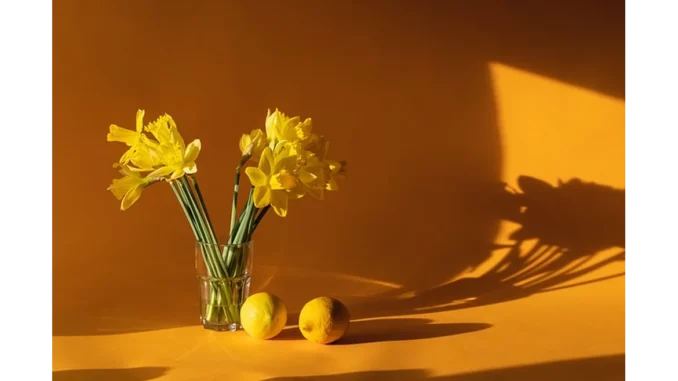
Elevate Your Peace: Five Expert-Approved Relaxation Techniques for Home
In the hustle and bustle of everyday life, cultivating a serene oasis within your home is paramount for sustaining mental and physical well-being. Relaxation techniques not only aid in managing stress but also enhance the overall quality of life. Drawing inspiration from esteemed sources like the Mayo Clinic, we present five sophisticated yet accessible methods to unwind in the comfort of your home.
1. Master the Art of Deep Breathing
Deep breathing stands as one of the most straightforward yet profoundly effective relaxation techniques. It works wonders in decelerating the heart rate, reducing blood pressure, and alleviating anxiety. To practice deep breathing, seek a tranquil corner to sit or recline. Close your eyes and inhale deeply through your nose, allowing your abdomen to expand fully. Hold the breath momentarily, then exhale slowly through your mouth. Repeat this rhythmic process for several minutes. This method requires no special equipment, rendering it an ideal relaxation practice for even the most hectic schedules.
2. Engage in Progressive Muscle Relaxation
Progressive muscle relaxation (PMR) is a technique that involves systematically tensing and then relaxing different muscle groups. This practice enhances bodily awareness and significantly reduces muscle tension and stress. Begin by tensing the muscles in your toes for about five seconds, then relax them for 30 seconds. Continue this process, working your way up through your body. PMR is best conducted in a serene, comfortable setting where interruptions are minimal.
3. Immerse Yourself in Visualization Techniques
Visualization invites you to embark on a mental voyage to a peaceful and calming environment. This technique is highly effective in mitigating stress and uplifting mood. To practice visualization, find a quiet place to sit or lie down and close your eyes. Envision yourself in a serene locale, such as a tranquil beach or a verdant forest. Engage all your senses to construct a vivid image—consider the sounds, scents, and textures of this idyllic place. Investing several minutes in this mental escape can help significantly reduce stress and promote relaxation.
4. Incorporate Mindfulness and Meditation
Both mindfulness and meditation serve as formidable tools for relaxation and stress reduction. Mindfulness involves staying present in the moment without judgment, while meditation often entails sitting quietly and focusing on your breath or a particular thought. These practices can diminish anxiety, enhance focus, and improve overall well-being. Begin with just a few minutes each day, gradually extending the duration as you become more comfortable. Numerous apps and online resources are available to guide you through these exercises, making mindfulness and meditation more accessible than ever.
5. Create a Sanctuary with a Relaxing Environment
The environment within your home plays a pivotal role in your ability to relax. Foster a space that exudes calm and tranquility by decluttering, using soothing colours, and incorporating elements such as soft lighting, comfortable furniture, and calming scents. Aromatherapy can be a luxurious addition to your relaxation routine. Essential oils like lavender, chamomile, and eucalyptus are renowned for their calming properties. Utilise a diffuser to permeate your home with these soothing scents or add a few drops to a warm bath for an extra layer of relaxation.
Incorporating these expert-approved relaxation techniques into your daily routine can markedly improve stress management and overall quality of life. Remember, relaxation is a skill that necessitates practice, so be patient as you explore various methods to discover what resonates best with you.


Be the first to comment